How to Grow Basil from Seed
The following two lists shows what tools and equipment I used to grow the Basil. Not all are strictly necessary but they are listed for completeness. For example - you would only need a heated mat if you had nowhere warm to germinate the seeds - or you can use re-cycled pots from last year if you have them.
This site is reader supported and as such external links may earn us a commission. As an Amazon Affiliate we earn from qualifying purchases but at no cost to you the reader.
Things You Will Need to Grow Basil
Tools You Will Need to Grow Basil
Step by Step Guide
If you want a quick overview then I suggest you first watch my Youtube Video How to Grow Basil from Seed . The following steps are also in the video but more detail is given in the sections below:
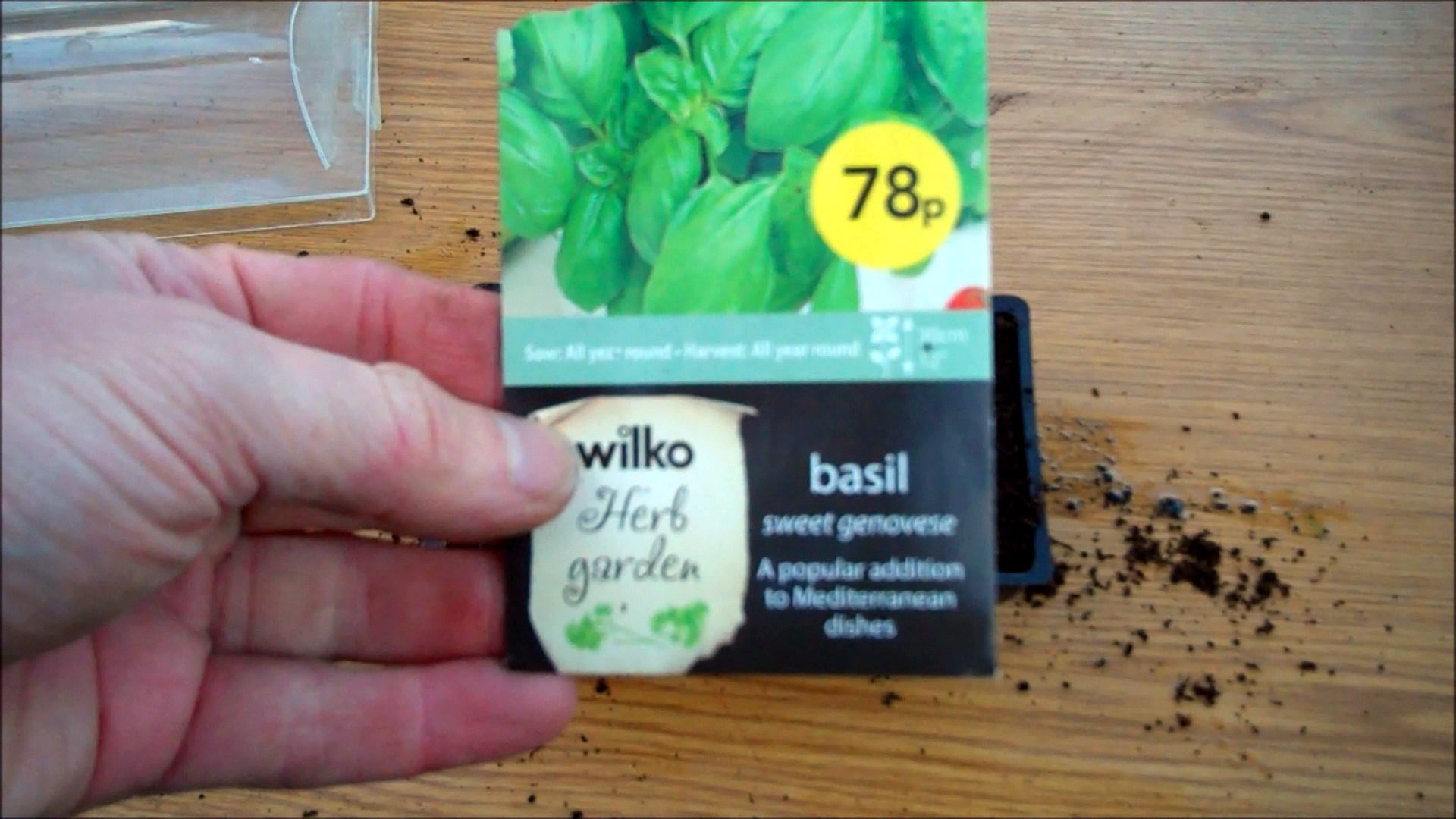
Step 1. Buy Some Seeds
Basil Seeds are available in Garden Stores or you can buy them on-line.
The variety that I am showing you how to grow here is called 'Sweet Genvese'.
On the rear of the packet are usually shown growing times and instructions for your region.
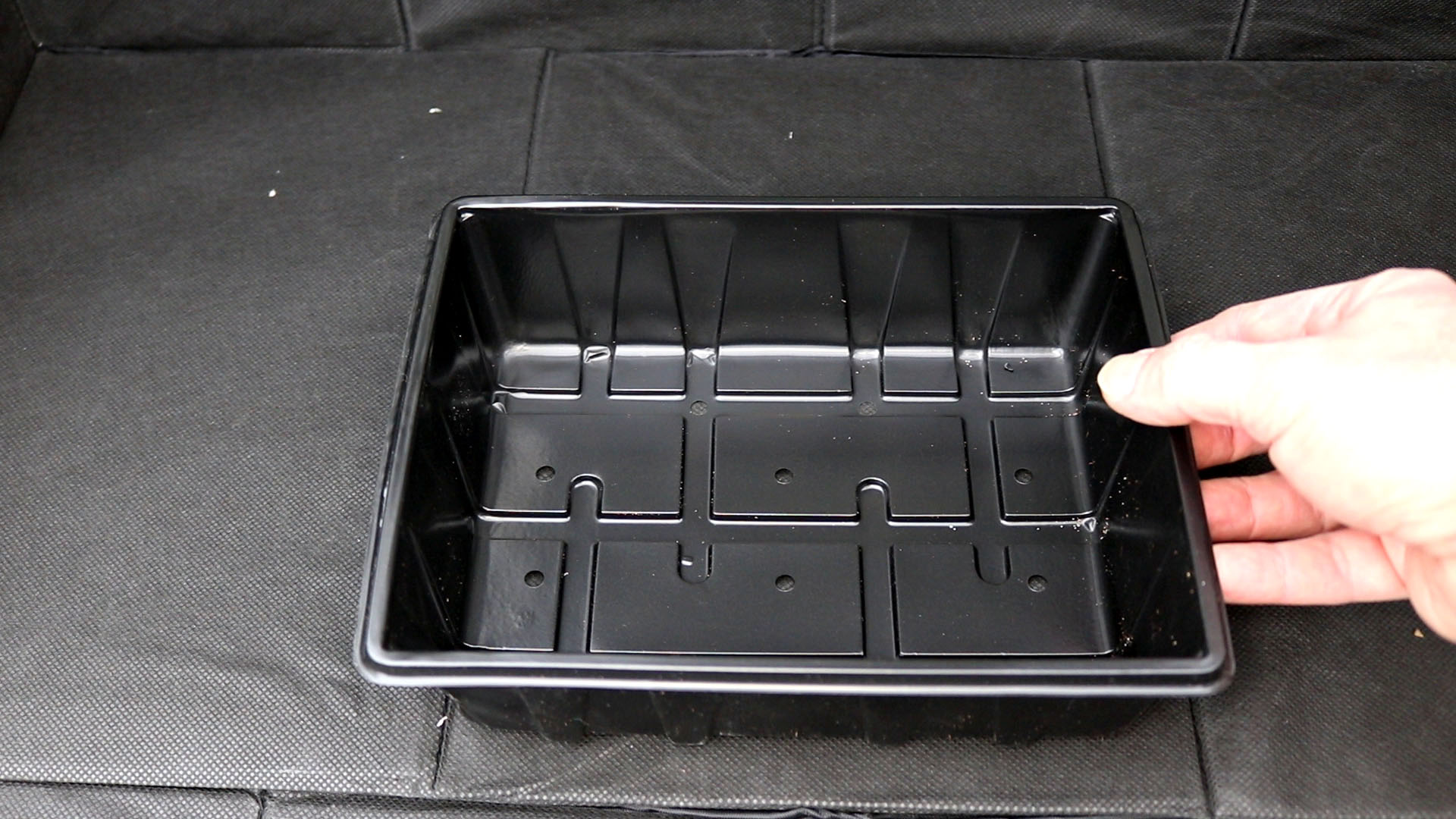
Step 2: Get a Propagator Tray
A Propagator Tray is a shallow plastic containter that is ideal for germinating seeds.
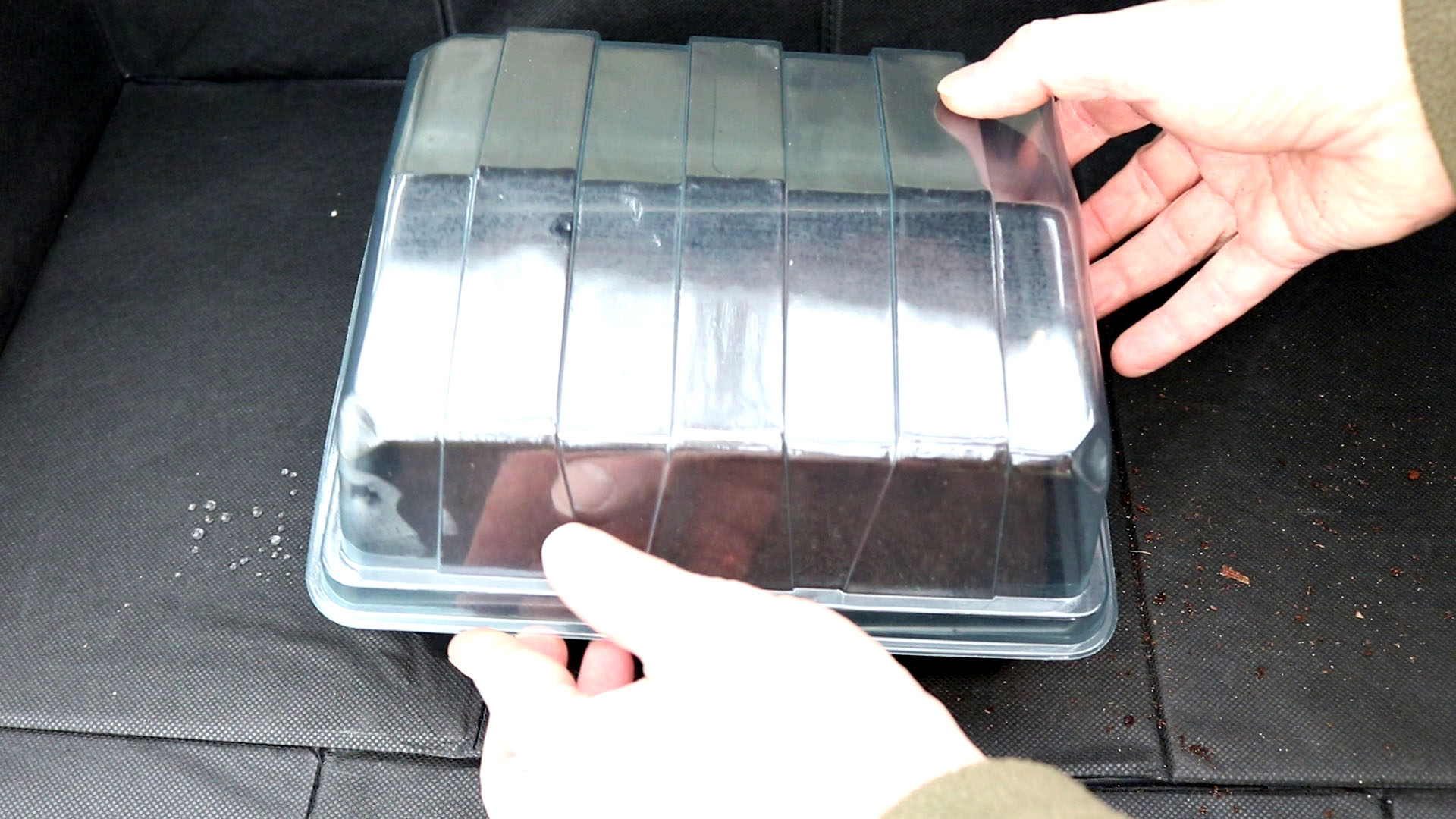
The Propagator Tray also has a transparent plastic cover that in effect creates a miniature Greenhouse. It lets in light but retains heat and moisture making it a great environment for germinating seeds.
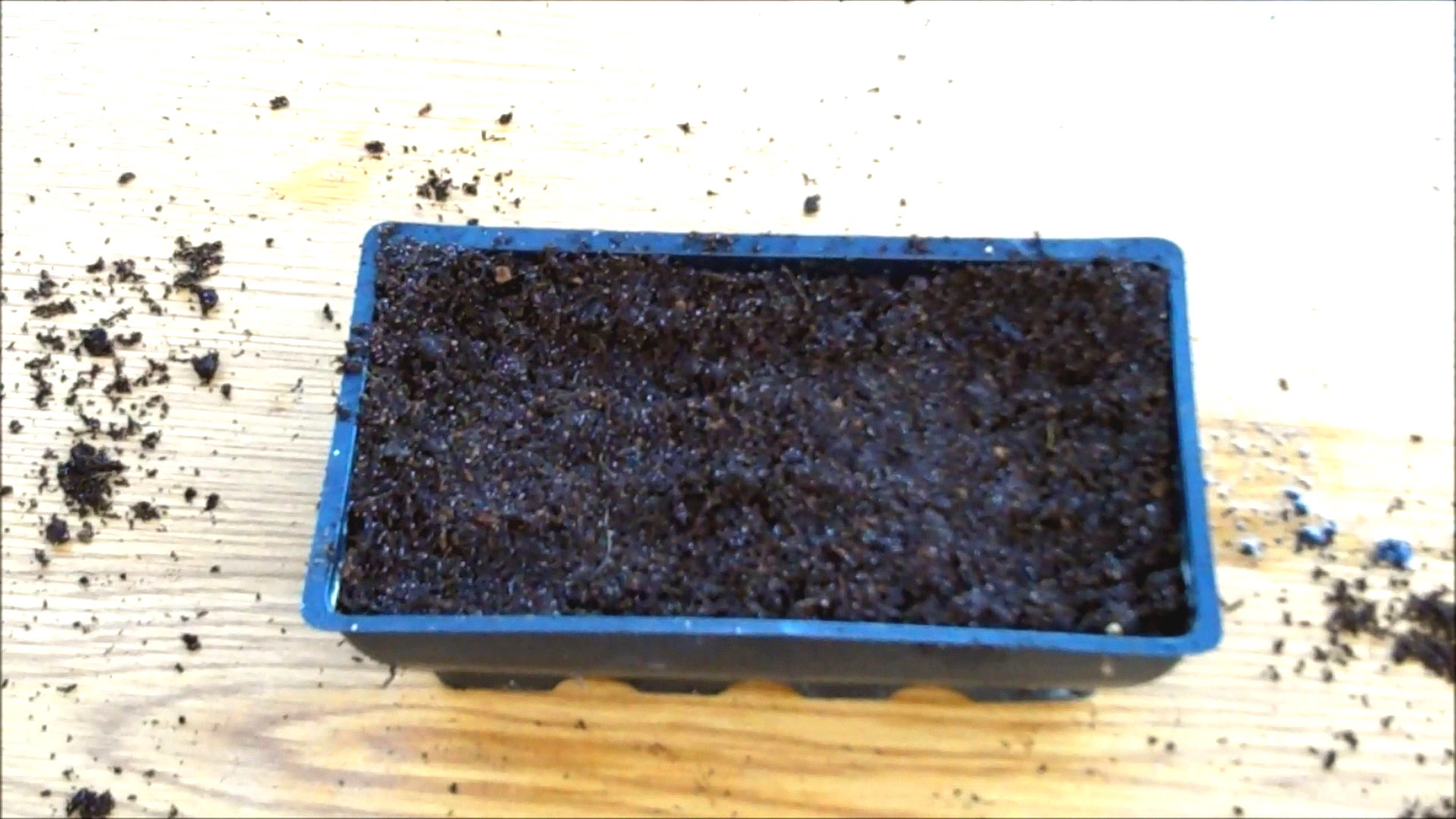
Step 3: Fill the Propagator Tray with Compost .
.
Fill the Propagator Tray with compost and then gently press the compost down to remove any air pockets. (This is a different make fo tray than shown in previous photographs).
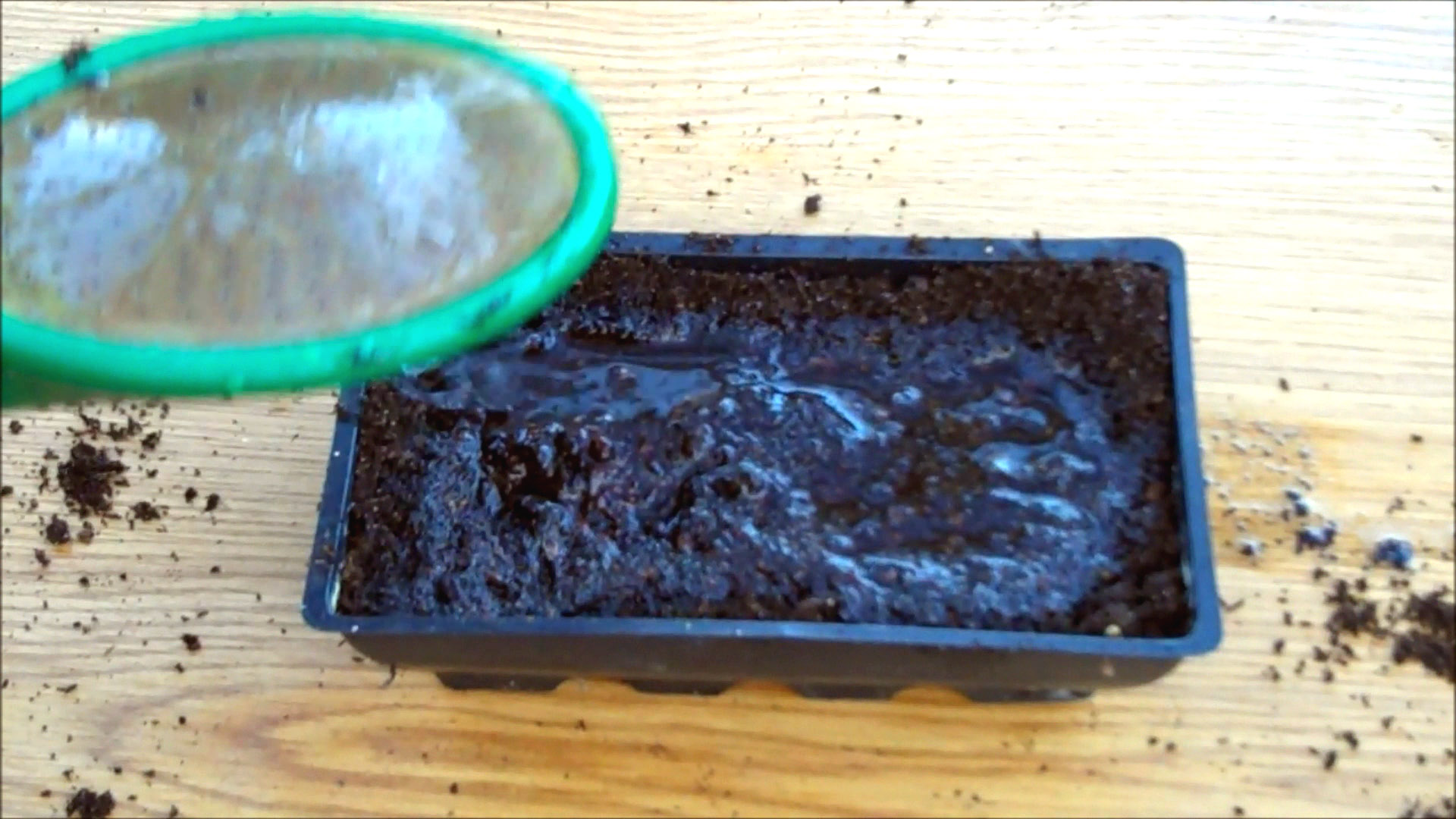
Step 4: Water the Compost
Seeds need air, heat and water to germinate. It is best to moisten the compost before adding the seeds otherwise they can all be washed to the edges of the tray if you water afterwards.
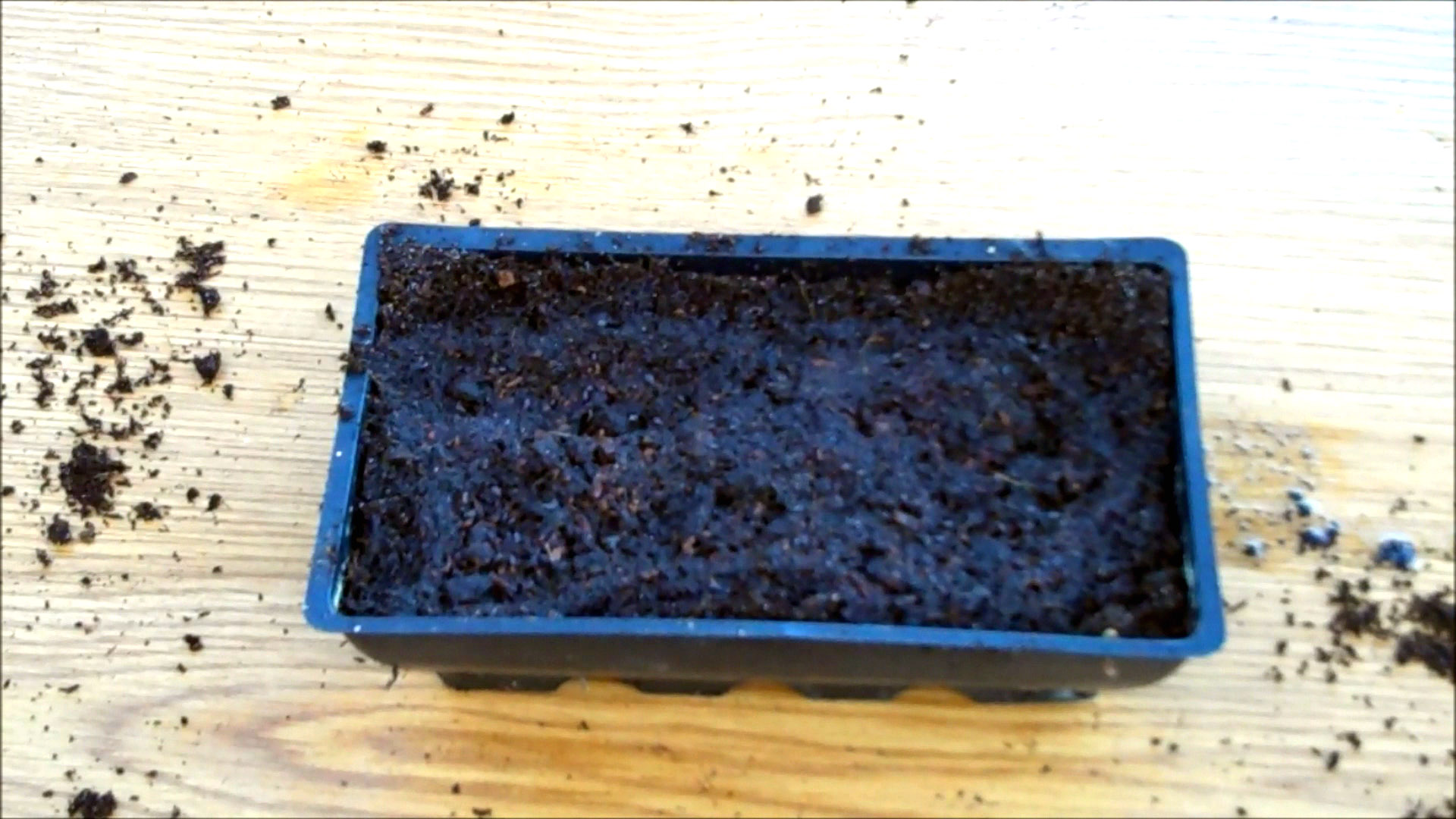
Step 5: Place Seeds on the Compost
Try to place the seeds evenly on the surface of the compost. Ideally leave a couple of finger widths between each seed. This spacing will make them easier to dig out when transplanting into pots later.
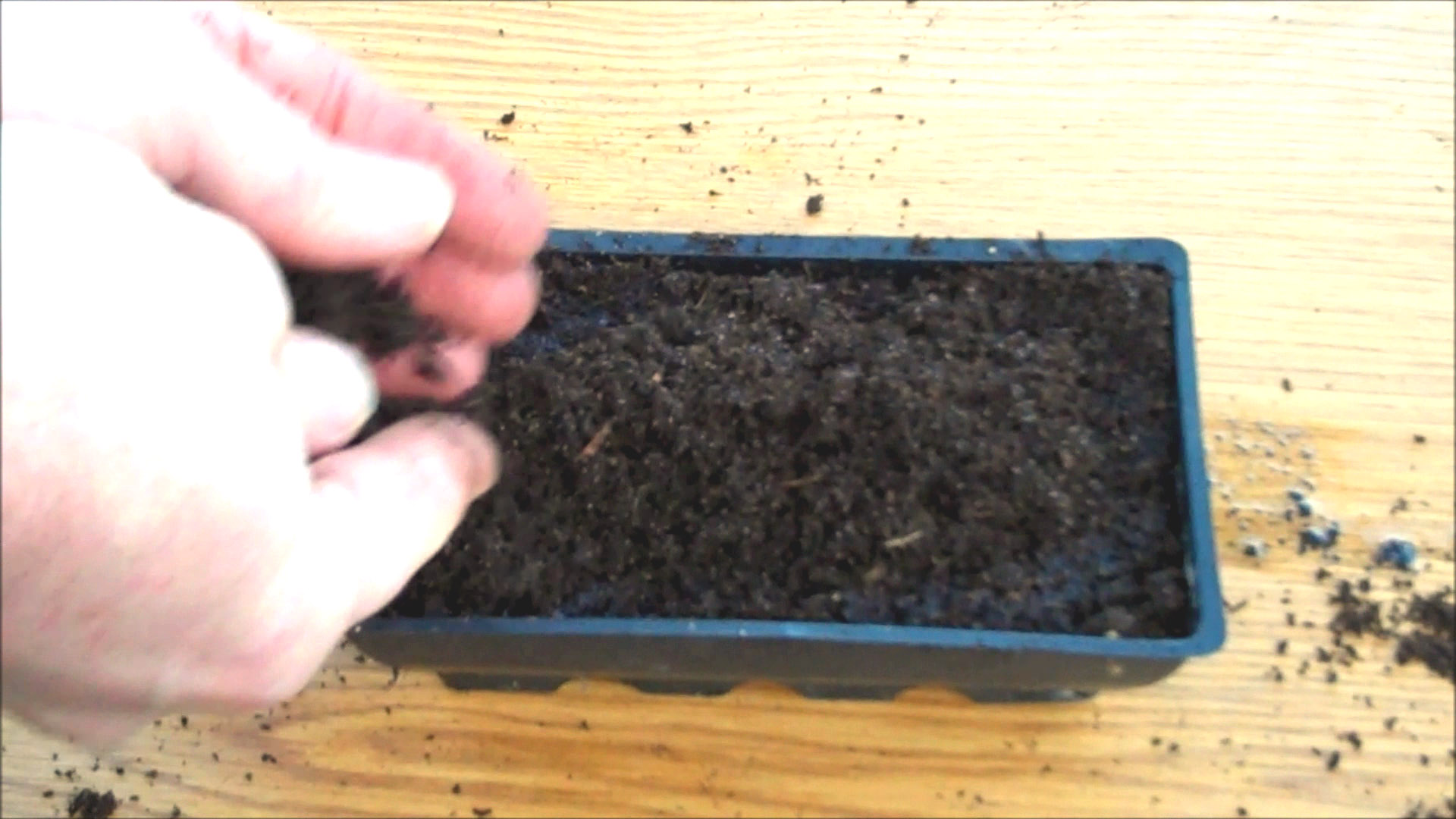
Step 6: Cover the Seeds
Cover the seeds with 10mm (1/4 inch) of compost. Press the compost down gently to remove any air pockets. This allows the seeds to make contact with the moist compost and absorb water which they need to germinate.
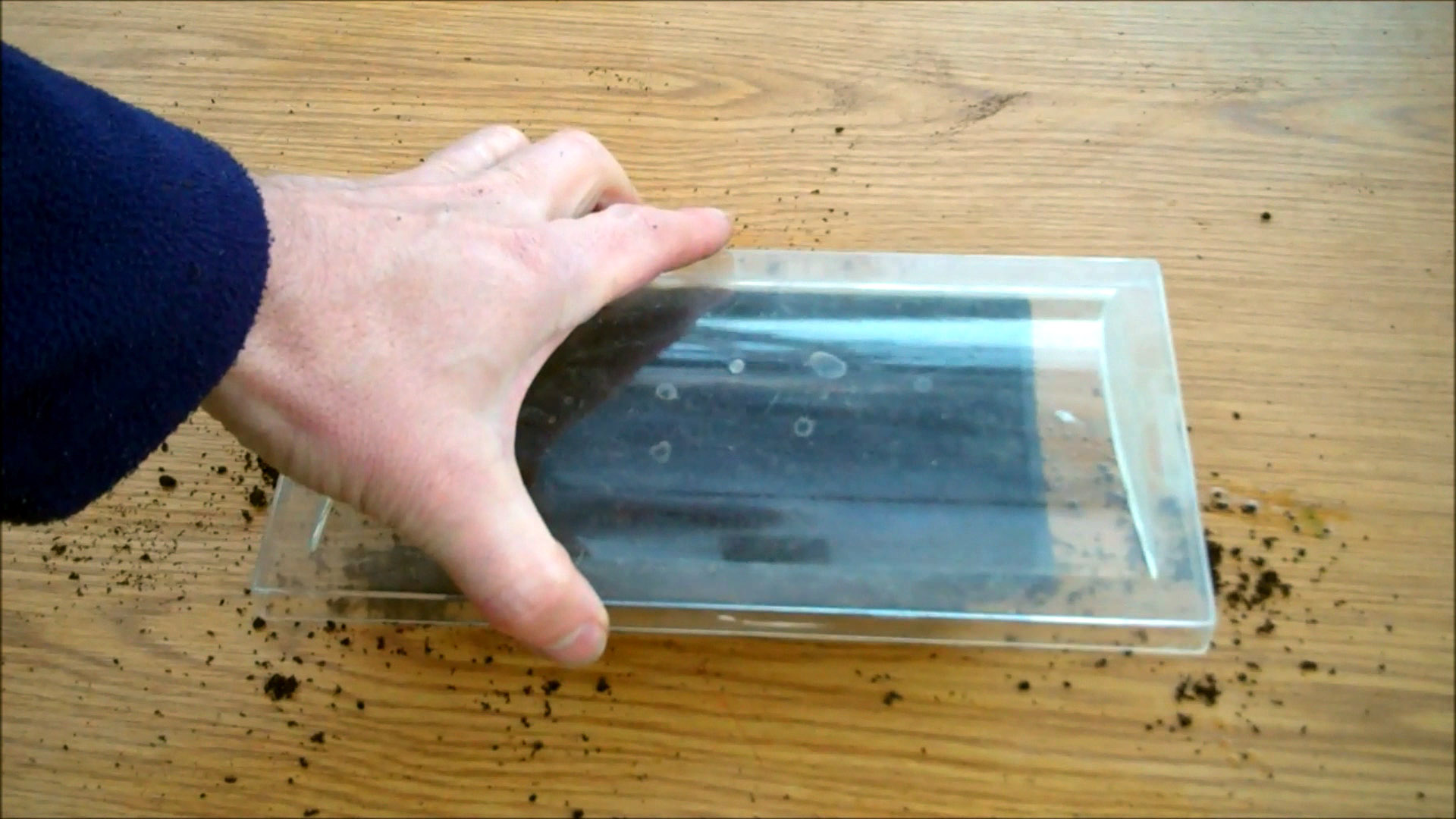
Step 7: Keep Warm and Moist
Fit the cover on the Propagator Tray and keep warm at approx.
15-20 degC (60 to 68 degF). I keep mine in a spare room but
not in
direct sunlight as this can fry the seedlings when they germinate. If
you dont have a warm room you can buy a Heated Mat that goes under the
tray.
The Propagator Tray lid should trap the water and keep the compost moist but keep checking and if it
starts to get dry use a Mist Sprayer to moisten the surface.

Step 8: Seeds Germinate
Within 7 to 14 days the seedlings will start to appear. At this point remove the Cover from the Propagator Tray. Keep warm and moist in a bright place but not in direct sunlight.
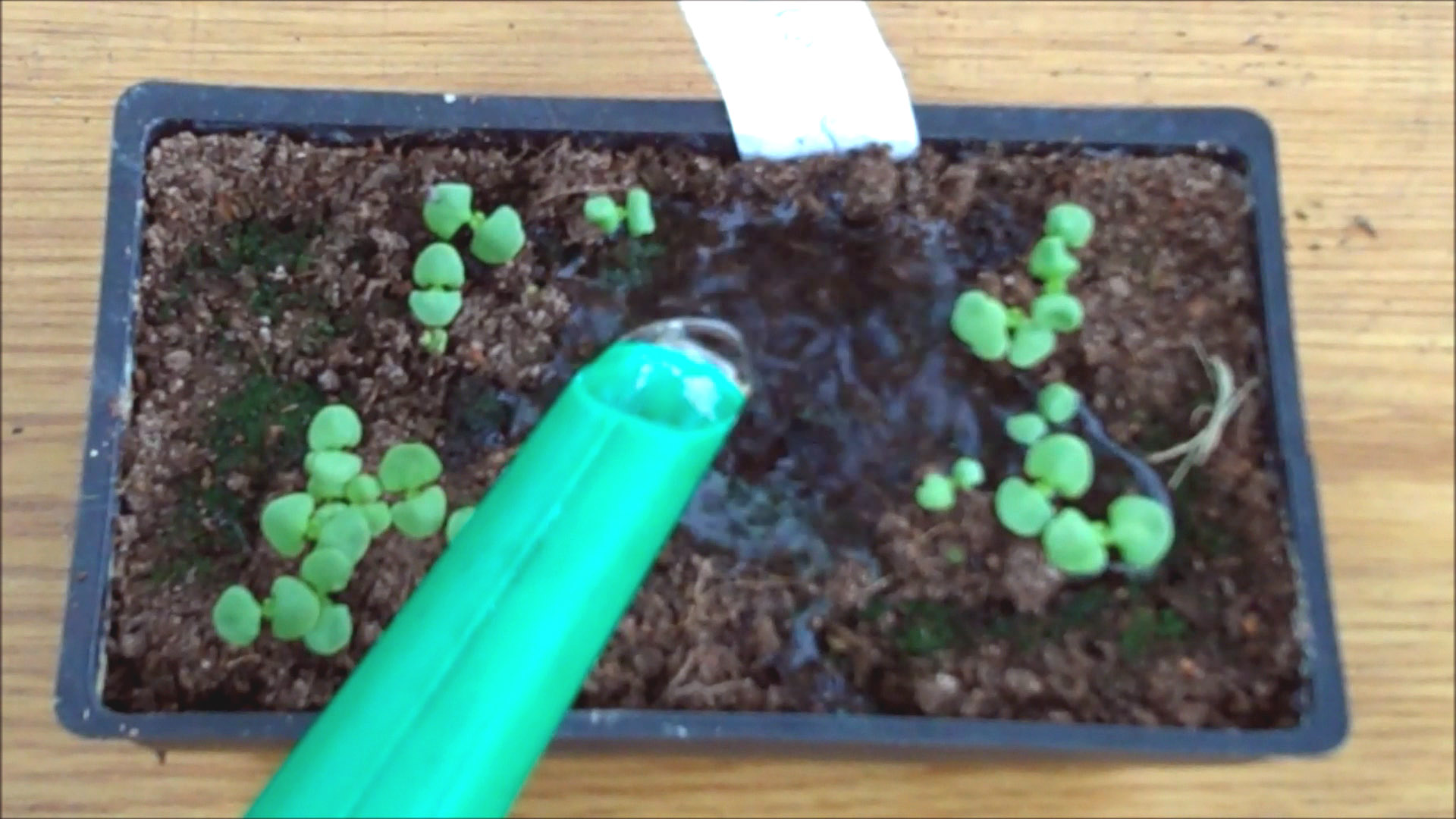
Step 9: Transplant into Pots
When the seedlings have at least 2 sets of leaves it is time to transplant them into pots. If they were left in the Propagator Tray their roots would crowd each other out and growth would be hindered giving weak, stunted plants.
First water the seedlings. This makes them easier to dig out and helps them during the transplanting process.
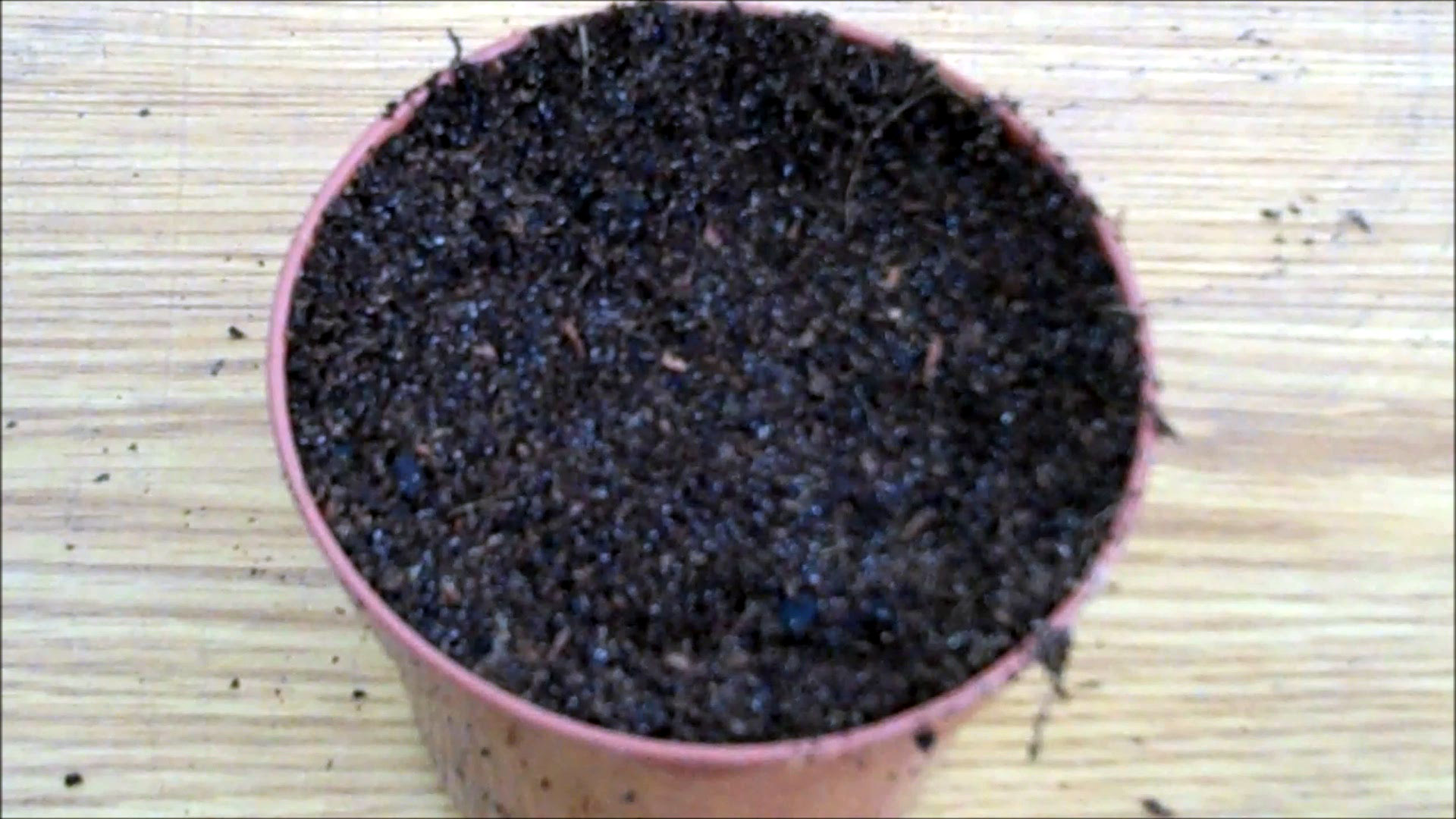
Fill pots with compost. You can either use Single Pots
or Starter Trays
(I am using single 75mm diameter (3 inches) pots in the picture).
Gently press the compost down to remove any air pockets.
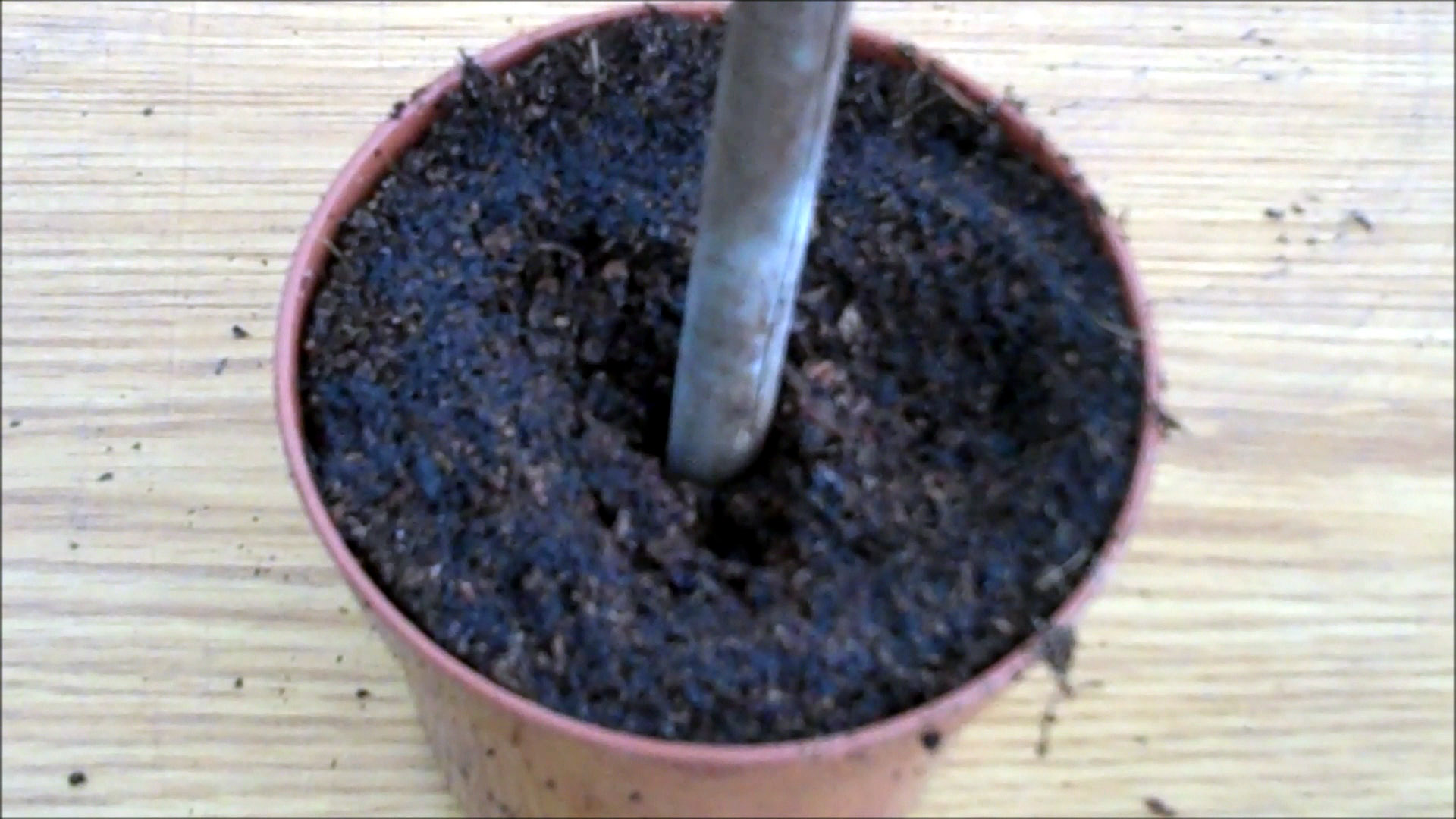
Make a hole in the center of the compost using your thumb or a stick.
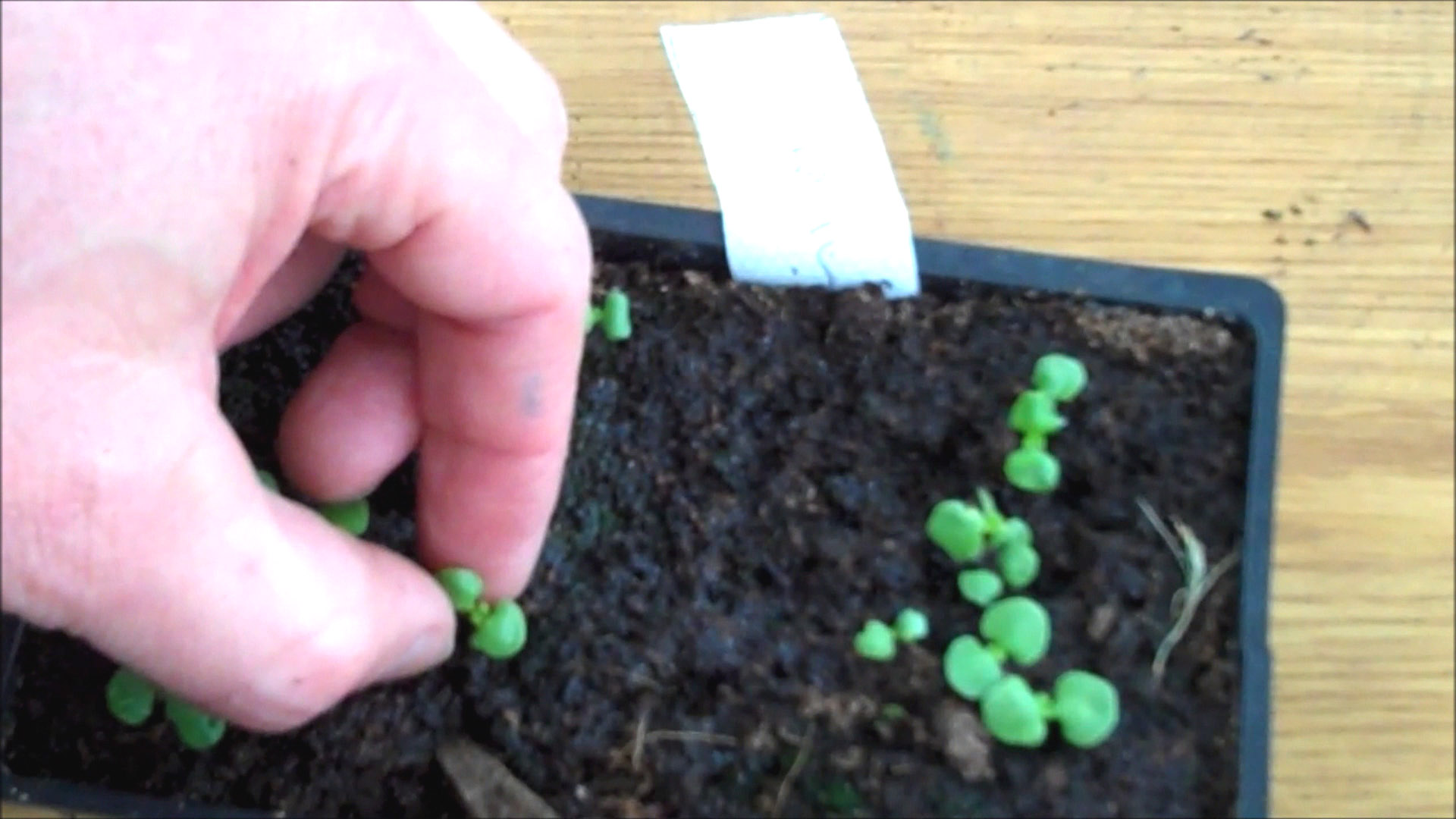
Hold a seedling by its leaf and gently tease the roots from the soil. Try to take as much root as you can. I find using a teaspoon is useful for this as it can get under the roots and lift them out while supporting them.
Dont hold by the stem because if you damage it then the whole plant is damaged whereas if you damage a leaf then that is all that is lost.
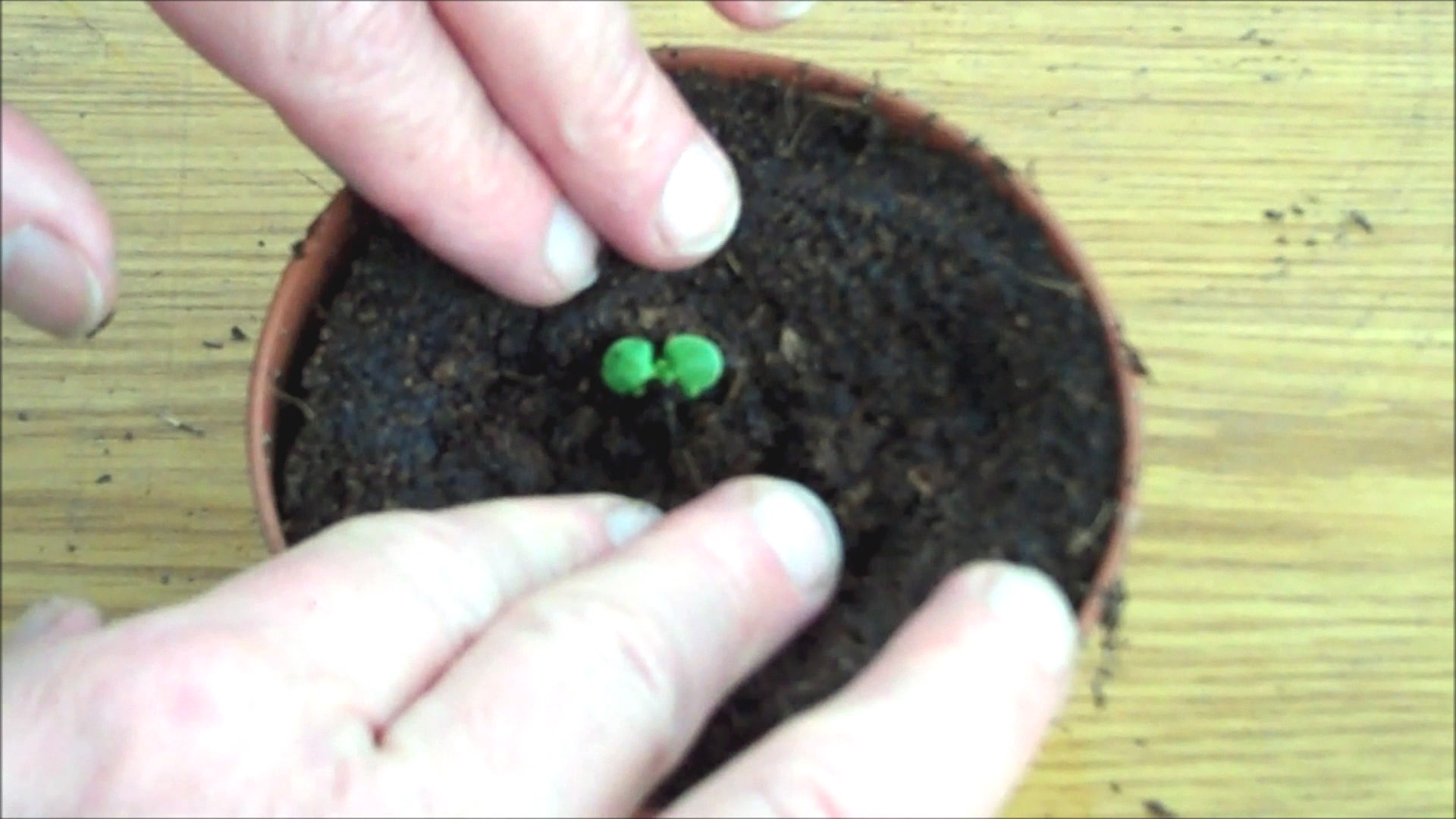
Place the seedling in the hole in the compost. Gently press the compost around the roots and then water into place.
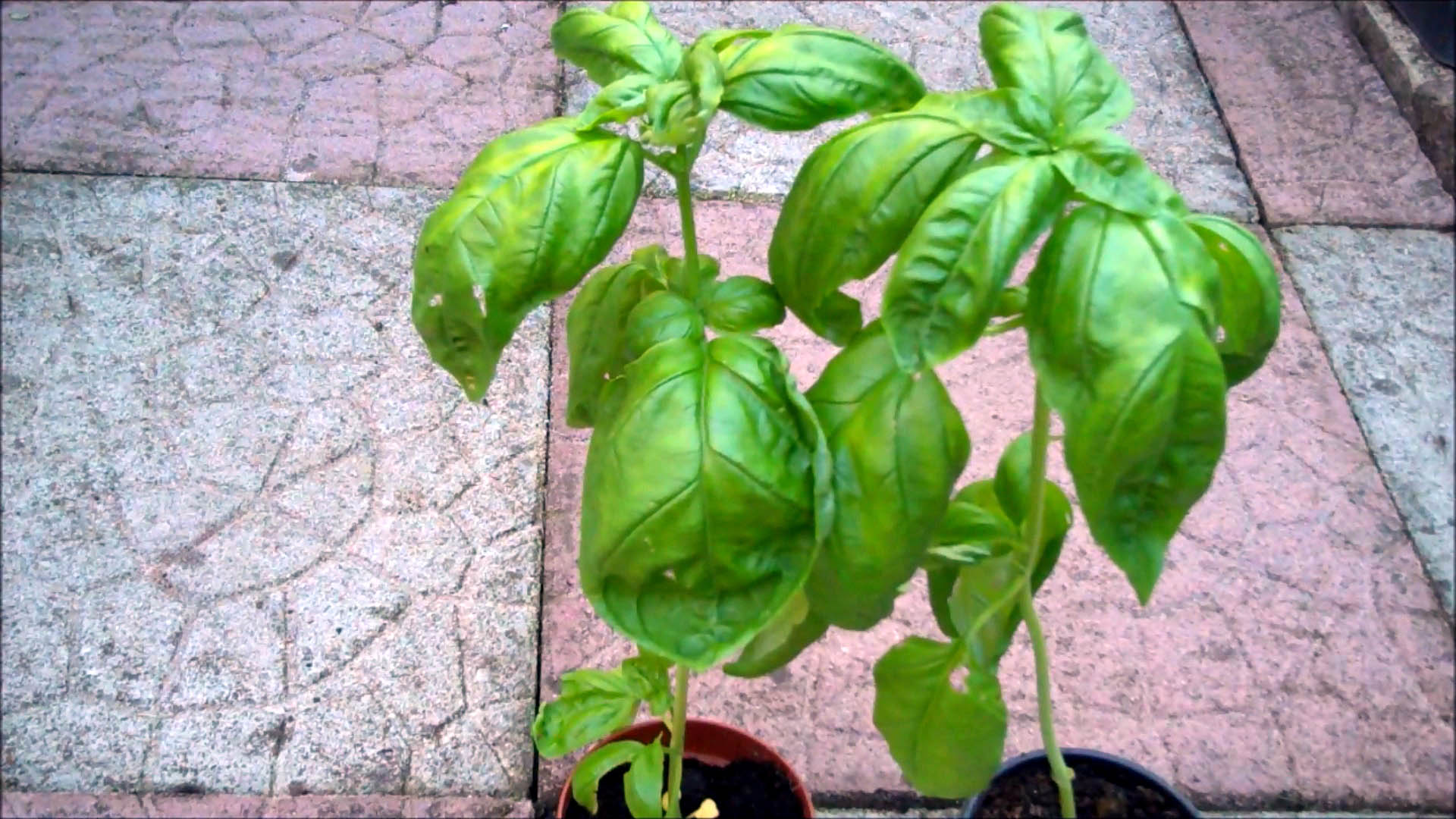
Step 10: Keep Warm and Watered
Keep indoors (or a green house) at approx. 20 to 24 degC (68 to 75 degF). Ideally the plants like 6 to 8 hours in sunlight but keep in the brightest spot you have.
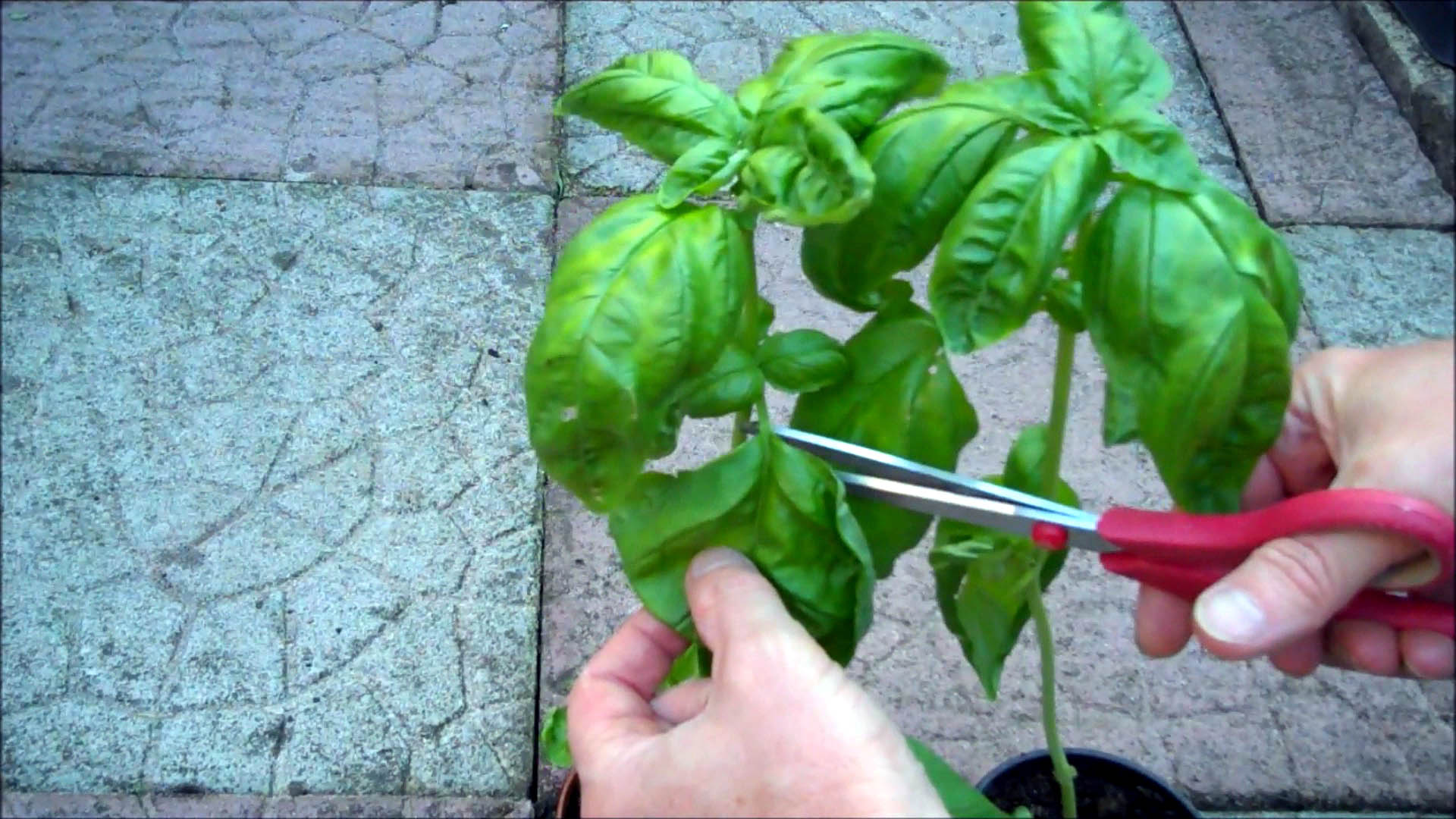
Step 11: Harvest
When the plant is 15 to 20cm tall (6 to 8 inches) you can begin to cut off a few leaves. Take a few from each stem but leave enough for the plant to continue growing.
At 20cm (8 inches) pinch out the growing tips of each stem.This will encourage side stems to form and you get more leaves!
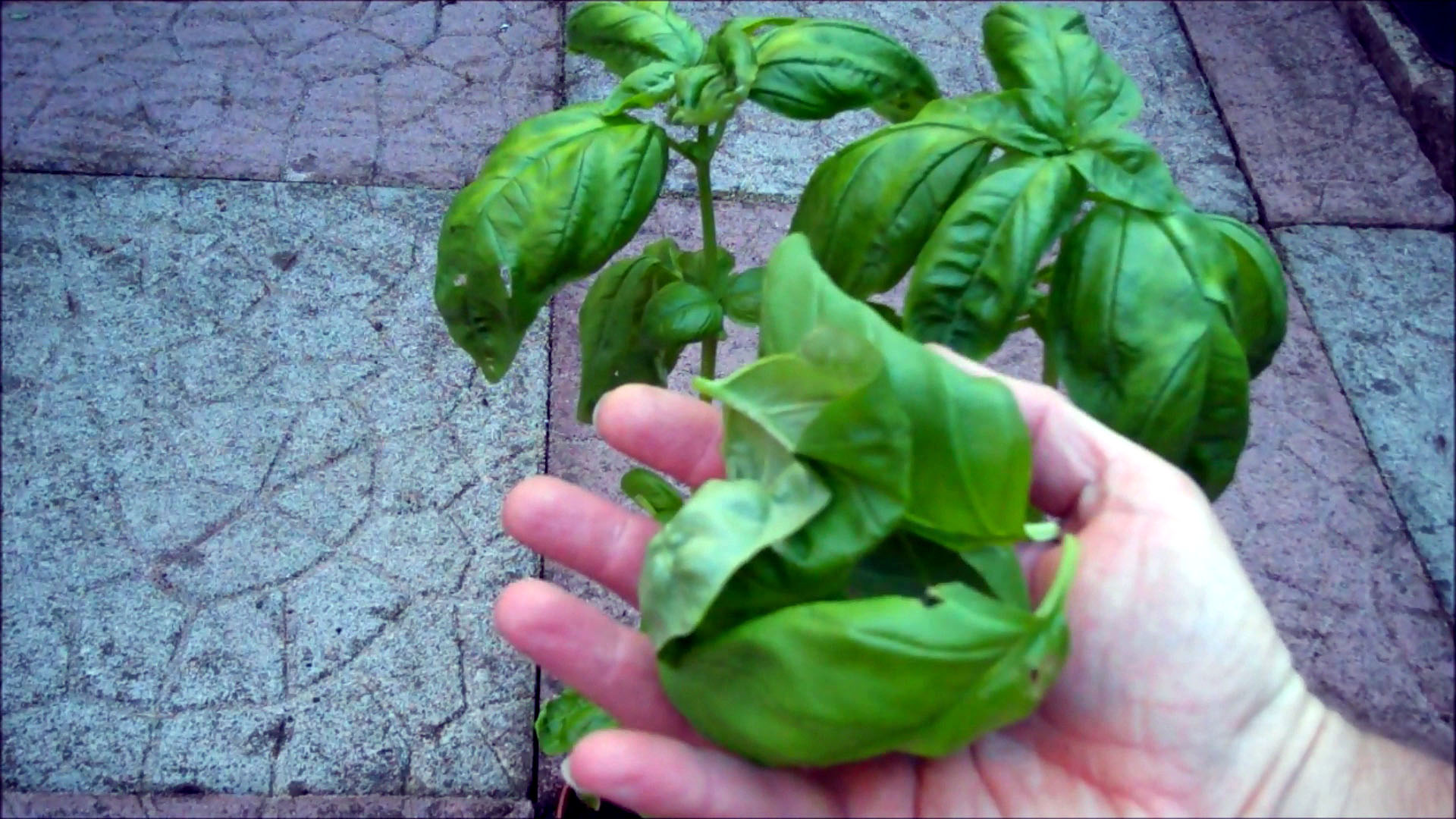
Step 12: Enjoy!
With just a few plants you can enjoy a supply of Basil througout the summer. We make a Basil Pesto which is delicious on salads and on Pizzas.
